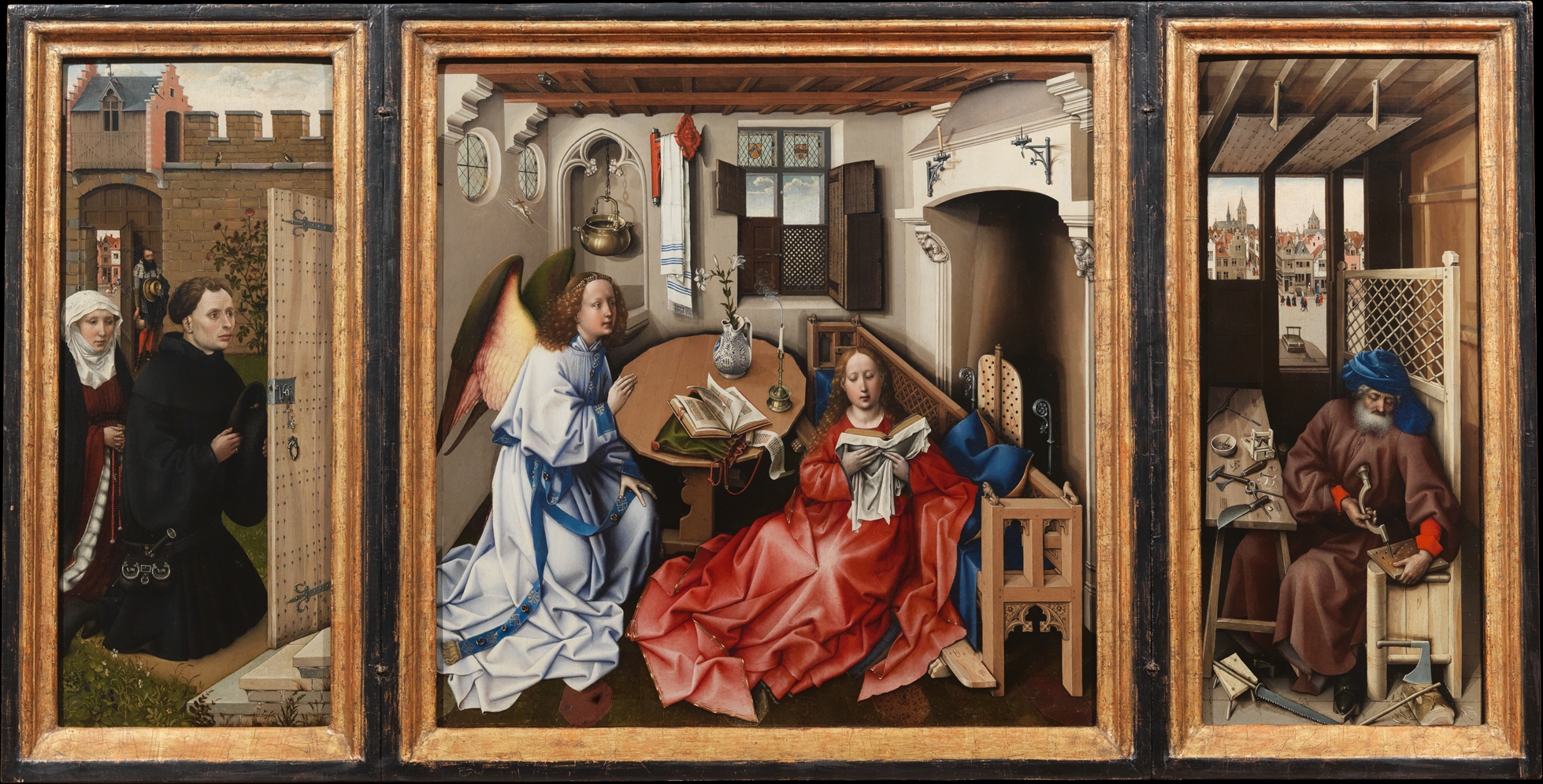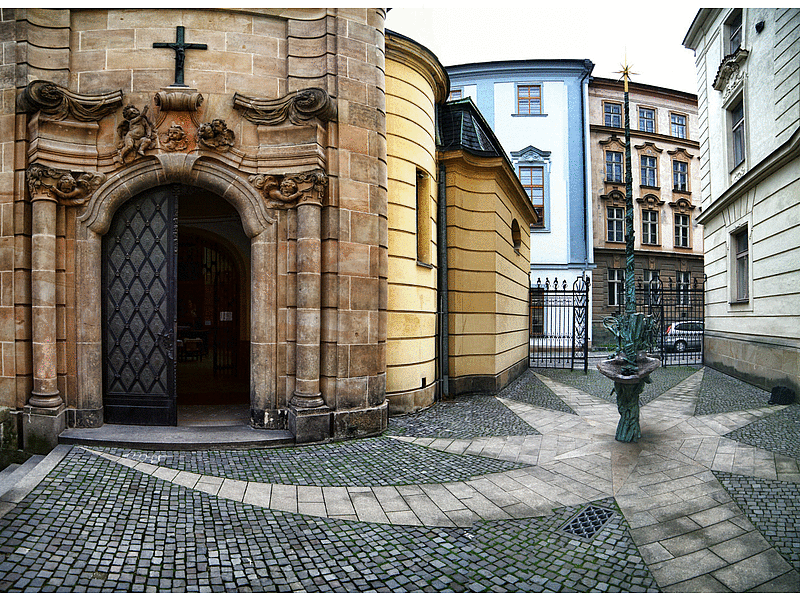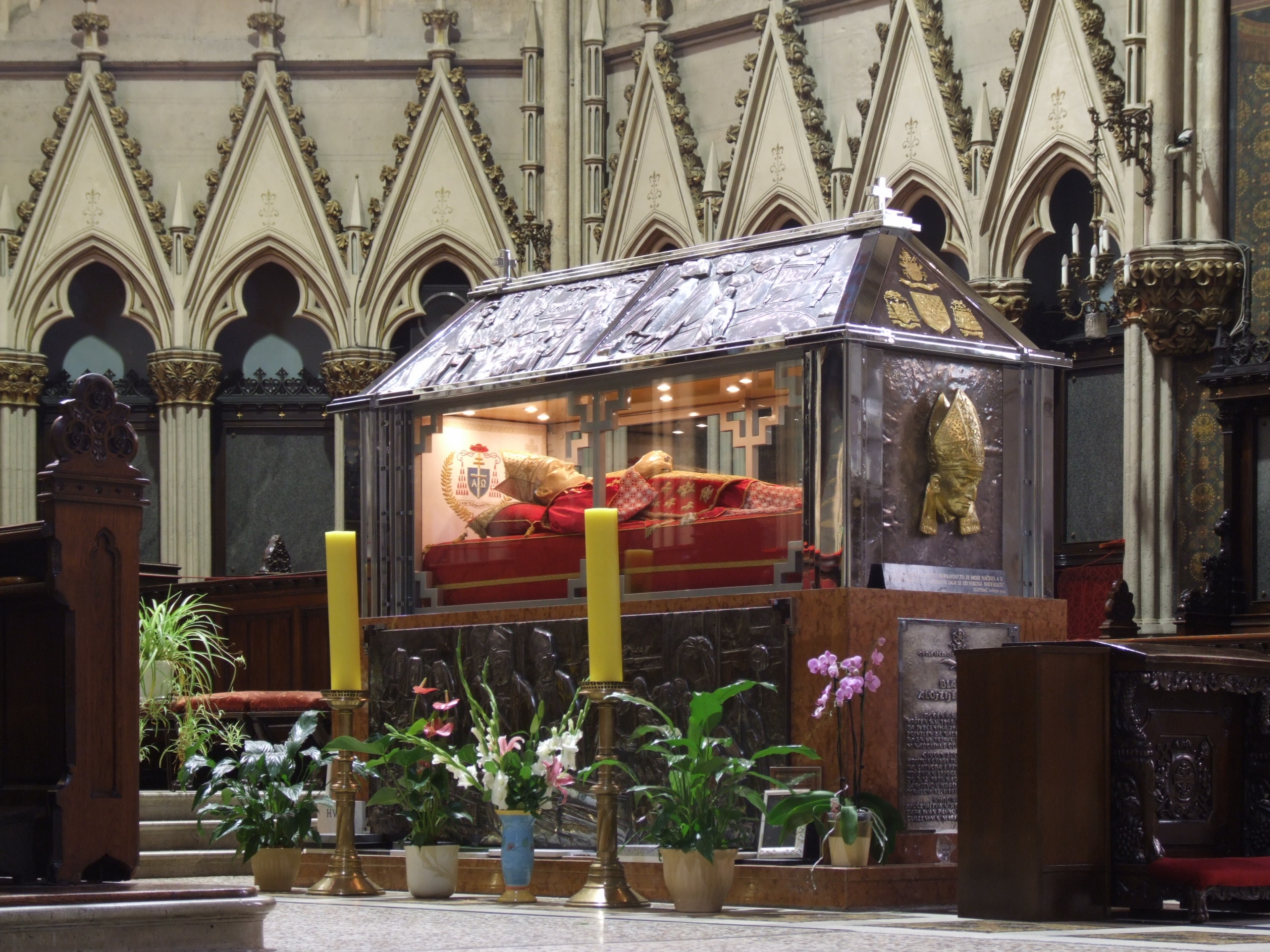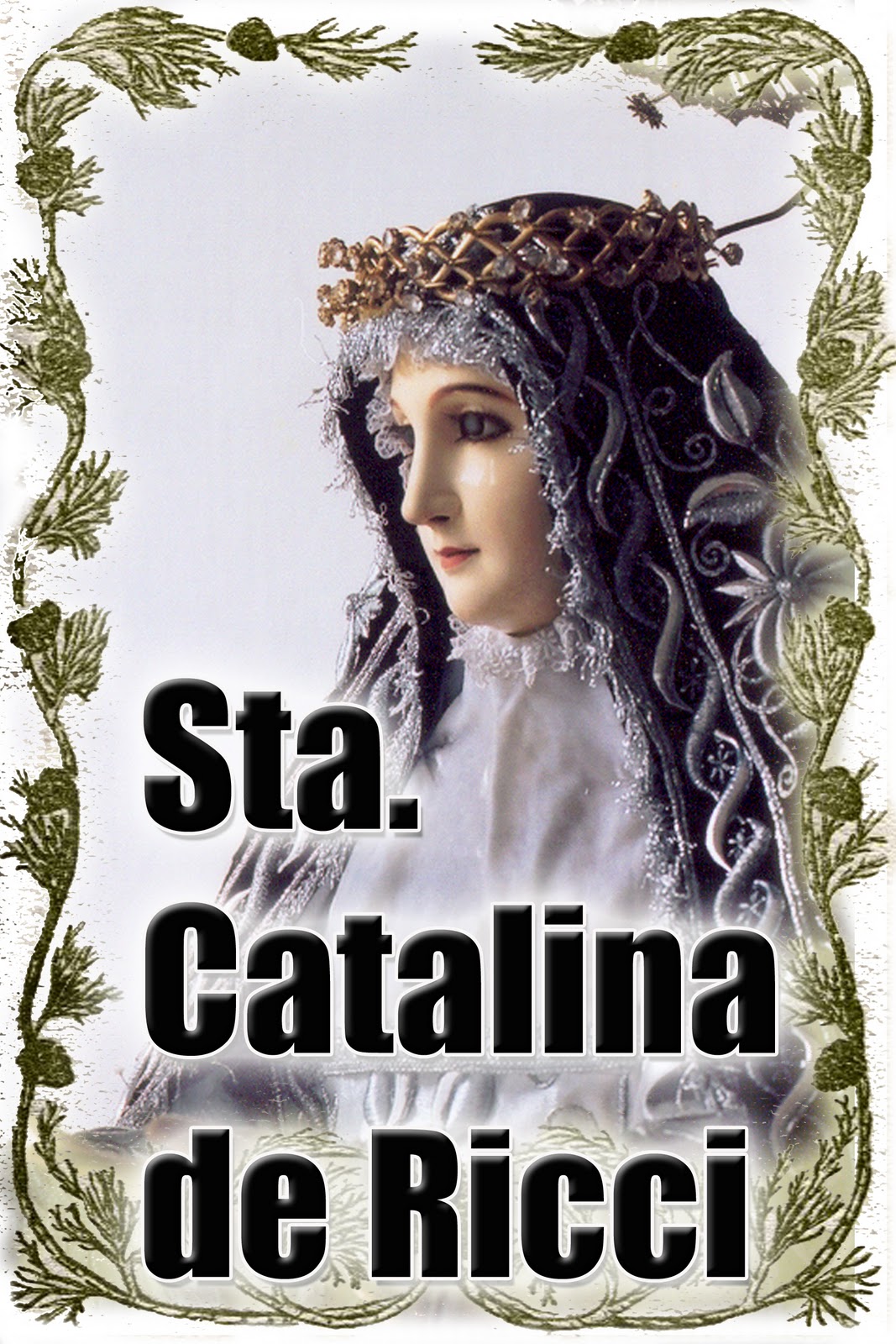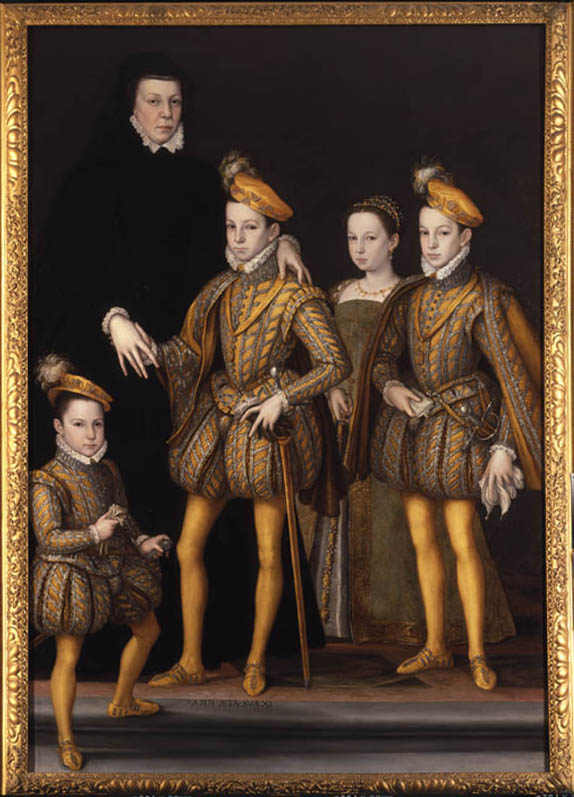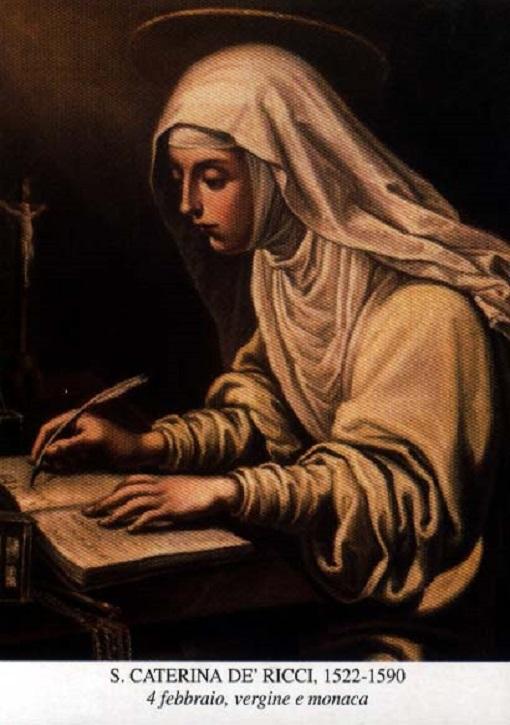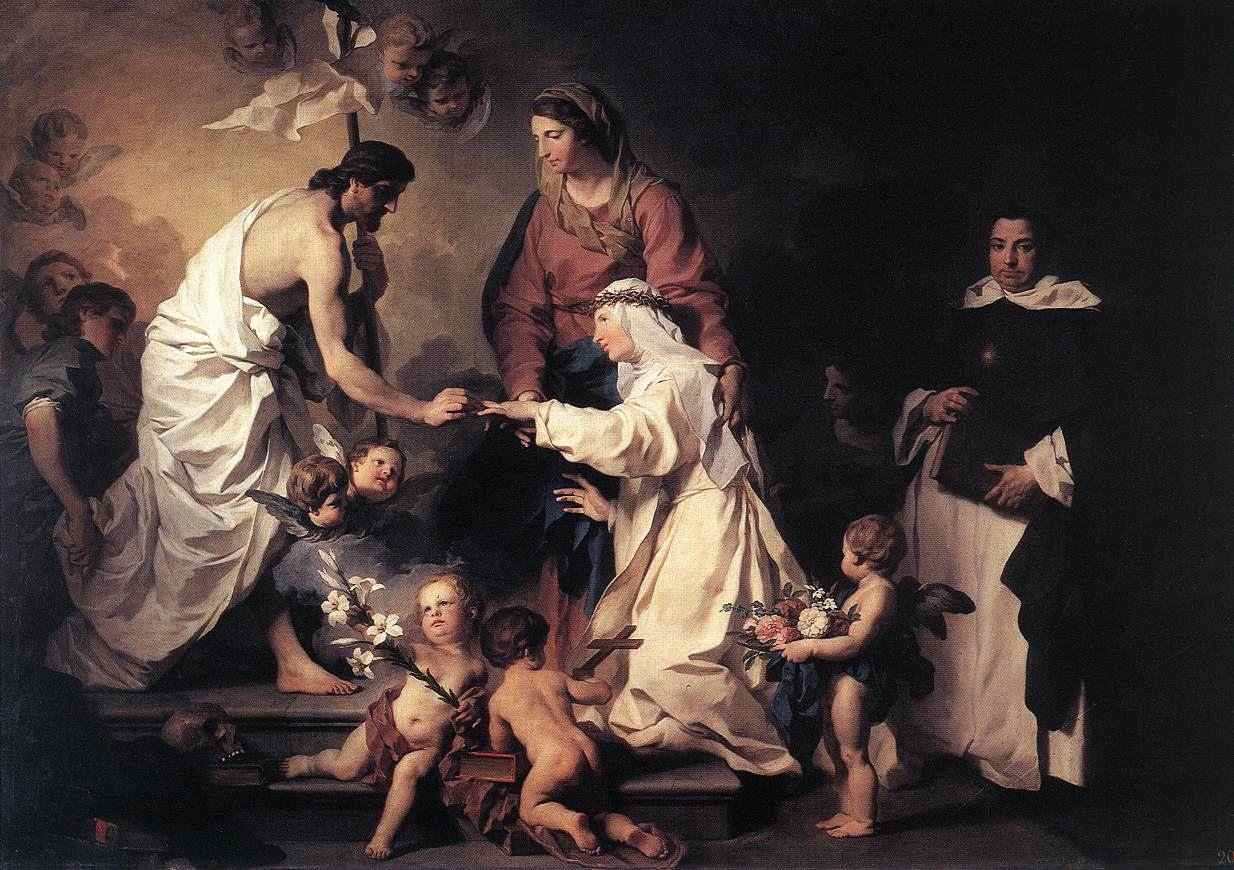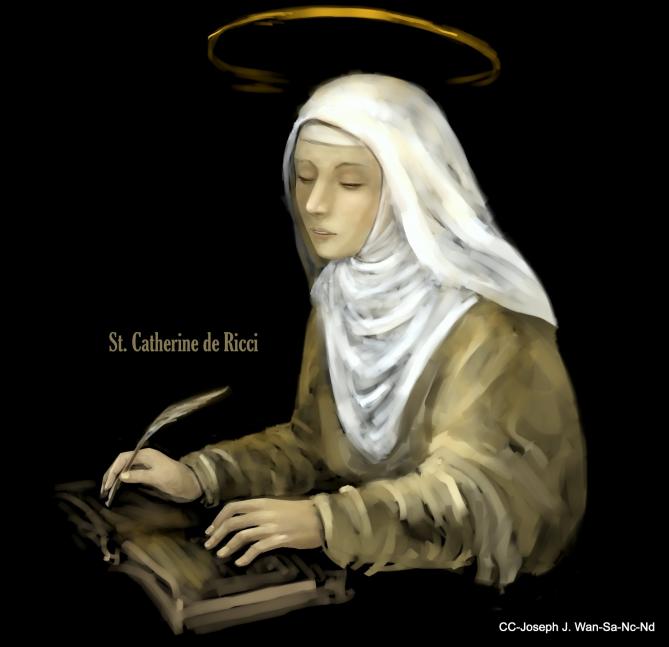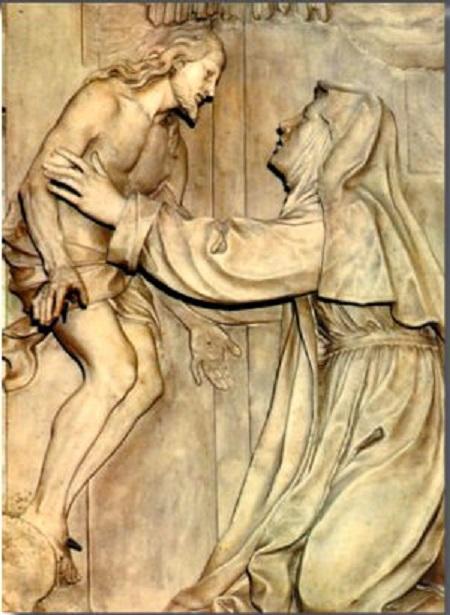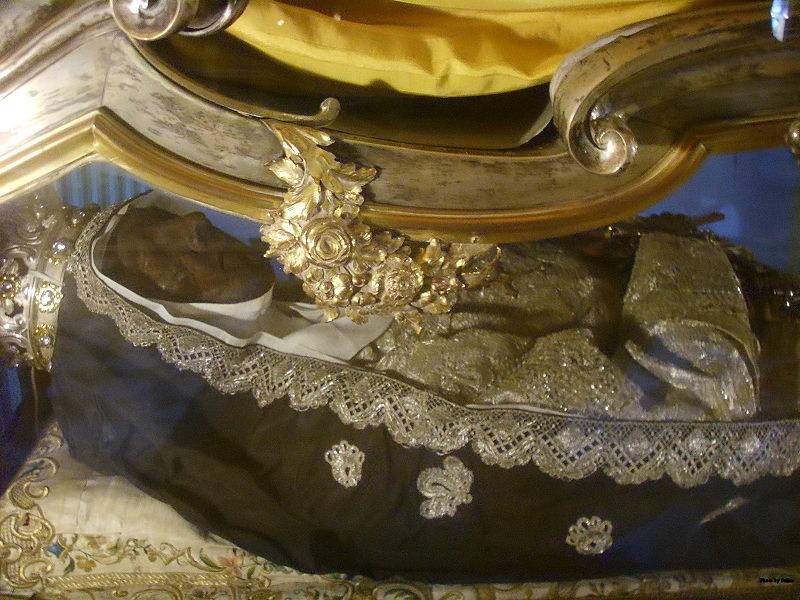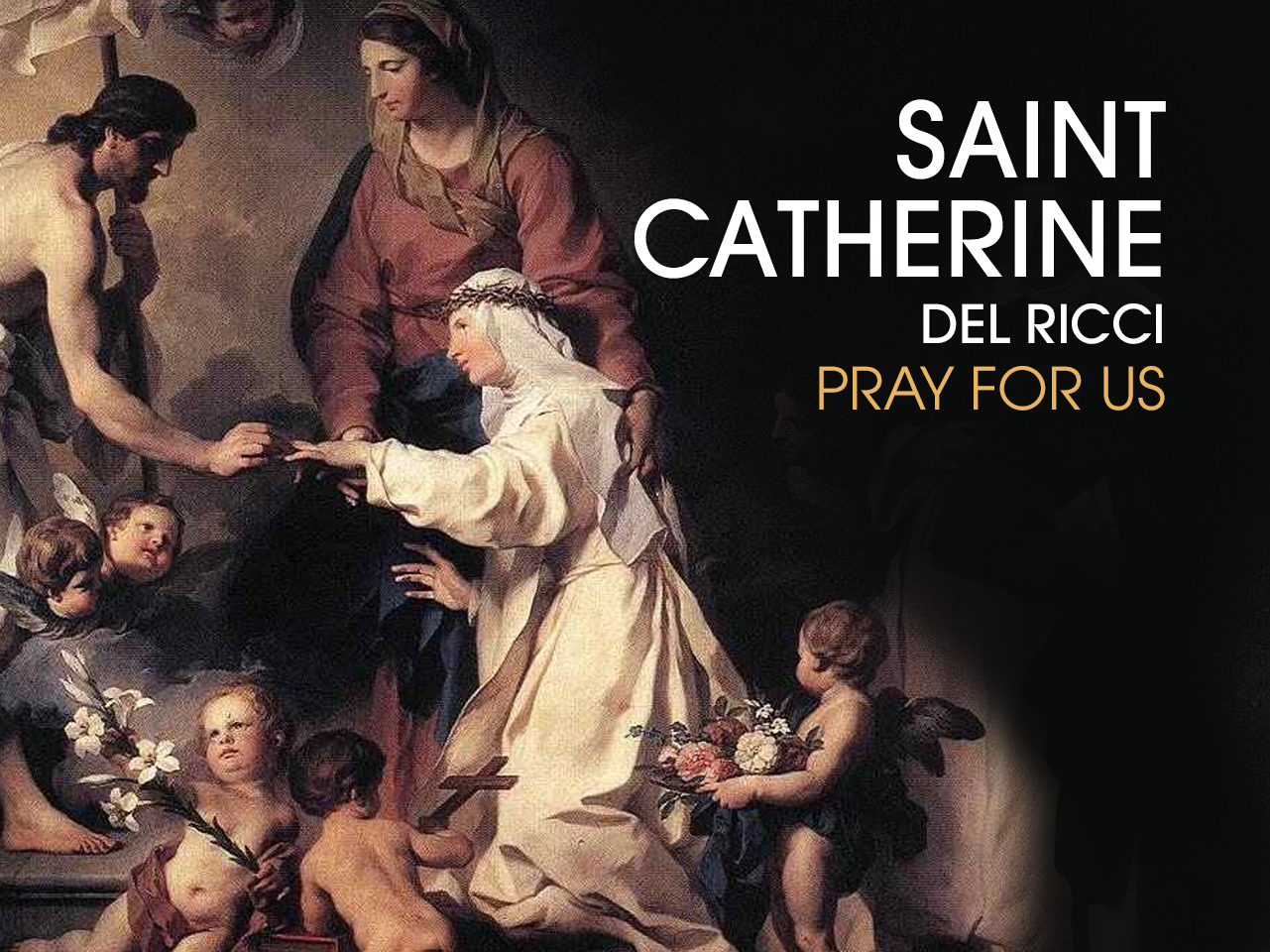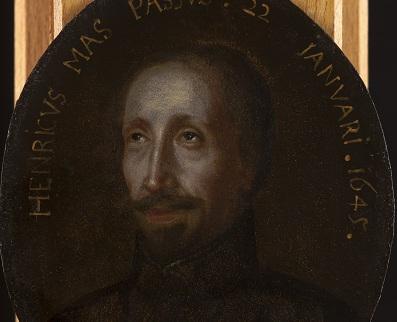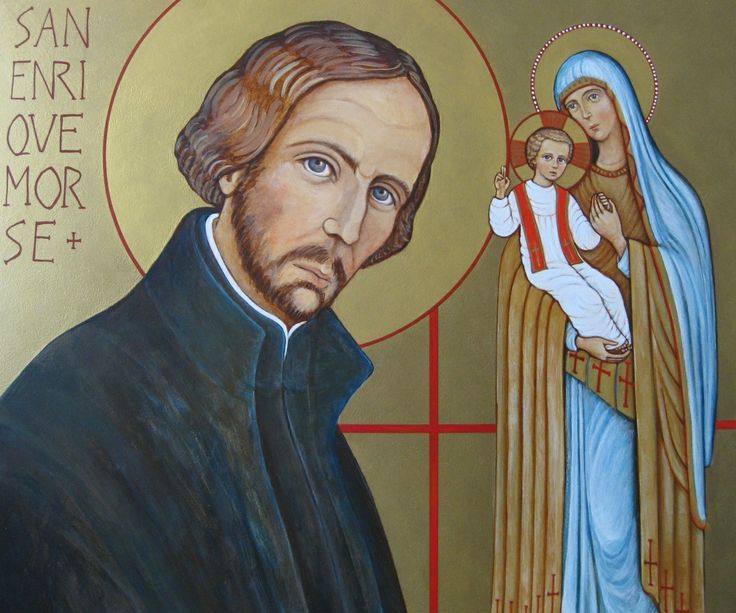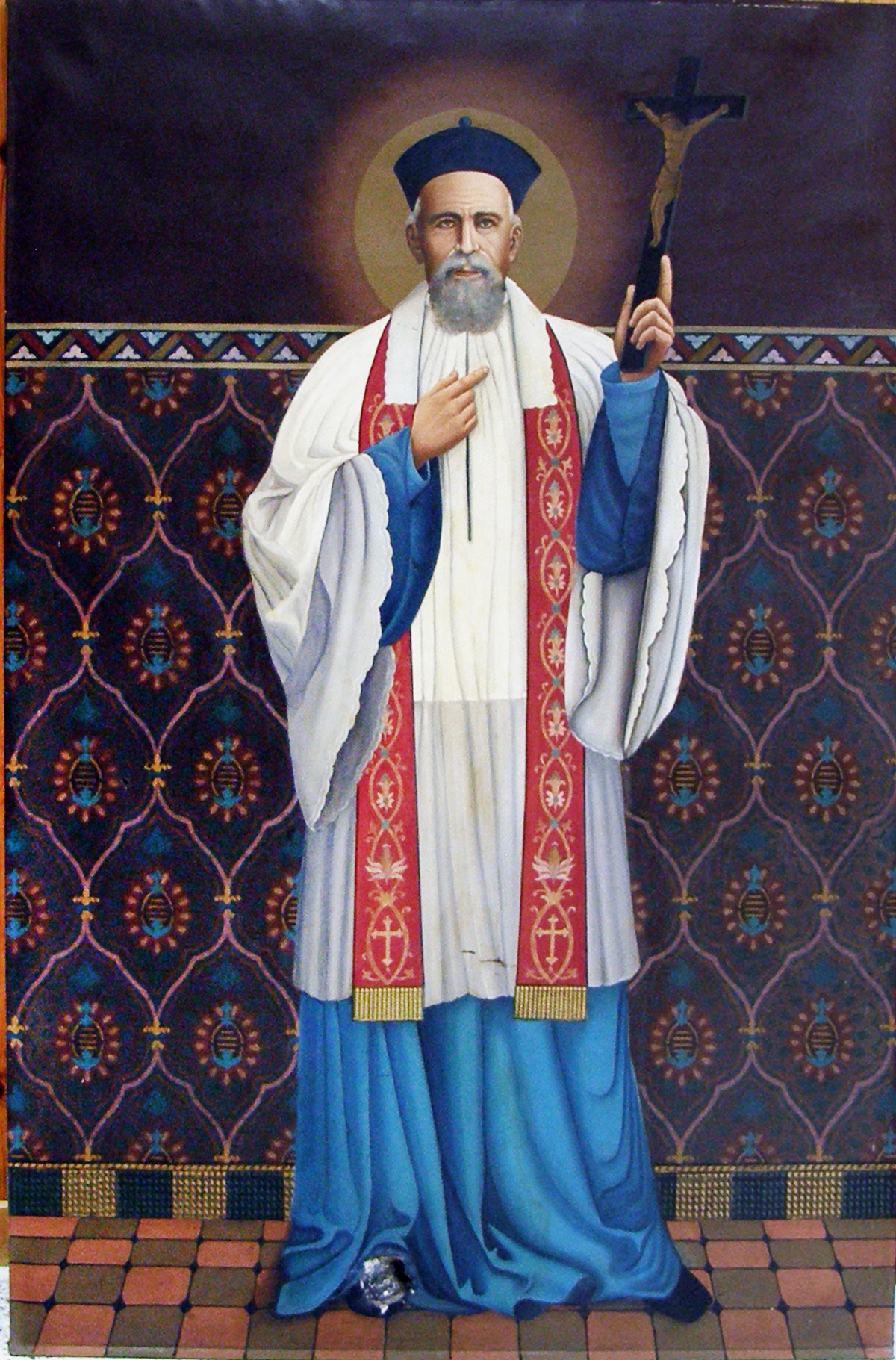
Being a “cradle”, learning how “non-cradles” come to understand Catholicism is a process. What for me is normal, usual, every day, reflexive, from childhood, is absolutely inscrutable to others, I have come to realize. In college, a dear friend of mine, Jeanie, decided to become a Catholic albeit with full-immersion, somewhat unusual at that time, perhaps even so now. And she often asked me, “How do you know which of the (Memorial Acclamations) to use?” Practice, was my unsatisfactory answer. So, I have learned the importance of helping those who wish to understand Catholicism to learn to speak “Catholic” – partially a motivation for my being a catechist, which I love. Maybe you can tell? 🙂
One of the most wonderful things about being Catholic is one could spend several lifetimes and never learn ALL there is to learn about Catholicism. After two thousand years, there is ALWAYS another “treasure” hiding up in the attic. How thrilling! 🙂 At least for me! And, so helping others untangle the alphabet soup of religious congregations is an especial reward. Trying to figure out the difference between a “Venetian”, 🙂 , and a Vincentian, is a teachable moment! And, being a Blue Demon, a graduate of DePaul’s Graduate School of Computer Science, I have another especial duty to help in this regard. Lazarist, Vincentian, Congregation of the Mission: it’s the same. Lazarist because St Lazare in Paris became the headquarters. Vincentian because of their founder. And CM, as their formal name in the Church.
The Vincentian mission is the alleviation of poverty. Ignorance, in the Vincentian imagination, is a form of poverty. My CM confreres, please, humbly, gratefully correct me, if even now, my understanding is incomplete.
“Give me a man of prayer and he will be capable of everything; he can say with the Apostles: ‘I can do all things in Him who sustains and comforts me.’ The Congregation of the Mission will last as long as the exercise of mental prayer is faithfully carried out in it, because prayer is an impregnable rampart which will shield Missionaries from all sorts of attacks. It is a Mystical arsenal, a Tower of David, which will furnish them with all sorts of arms, not only for the purpose of defense but also of attack.” -St Vincent DePaul.
The tenth of 15 children, was born into a farm family in Grenoble in the southwest corner of France in 1748 and was named for the recently canonized fellow-Grenoblian, Jesuit Jean Francois Regis, SJ. After completing studies at the Royal College (founded by the Jesuits), he followed his elder brother and sister into vowed religious life. In Lyons in 1769, he entered the Congregation of the Mission (Vincentians).
After ordination, Francis served as professor of moral theology at the Vincentian seminary in Annecy where he was affectionately called “the walking library” because of his encyclopedic knowledge and academic discipline. In 1786, he became Rector of Annecy and two years later, Director of Novices in Paris.
Francis Regis petitioned to go to China as a missionary several times, but his superiors did not accede to his request until 1791. At the age of 43, he replaced another priest who had to withdraw from the assignment at the last minute. A confrere, in writing about Clet’s assignment to China, noted: “He has everything you could ask for: holiness, learning, health and charm.”
After a six month sea journey from France and some transition time in Macao, which included assuming the dress and customs of the Chinese people, the new missioner arrived in Kiang-si in October of 1792 as the only European in the area. Clet’s acculturation was hampered by his life-long difficulty with the language. In 1793 Clet joined two Chinese confreres in Hou-Kouang in the Hopei Province where both of his companions died within his first year, one in prison and one from exhaustion. In that year, Clet became superior of an international group of Vincentian missioners scattered over a very large territory, and he himself pastored an area of 270 thousand square miles. In that leadership capacity, he developed standards so that there would be a uniform approach to ministry (sacramental and catechetical) among the missioners.
In 1811, the anti-Christian persecutions in China intensified with the Christians being accused of inciting rebellion against the ruling dynasty. For several years, Clet endured abuse and attacks, which frequently forced him to find refuge in the mountains. In 1819, with a generous reward on their heads, Clet and a Chinese confrere became fugitives. Like Jesus, he was finally betrayed by one of his own, a Catholic schoolmaster whom Clet had challenged for his scandalous behavior. Like the missionary St. Paul, Clet endured ignominy and forced marches in chains over hundreds of miles.
On January 1, 1820, Clet was found guilty of deceiving the Chinese people by preaching Christianity and was sentenced to strangulation on a cross. On February 18, age 72, after approval of his sentence by the Emperor, Francis Regis Clet was executed. He was tied to a stake erected like a cross, and was strangled to death, the rope having been relaxed twice to give him a three-fold death agony, a traditional Chinese execution.
As in the case of Jesus, Christians took his body and buried it on a hillside where it rested until it was returned to the Vincentian motherhouse in Paris several decades later and is now honored at St. Lazare. His holy life and death were the inspiration of Blessed John Gabriel Perboyre, CM, Sep 11, also a Lazarist, who was martyred in China in 1840.
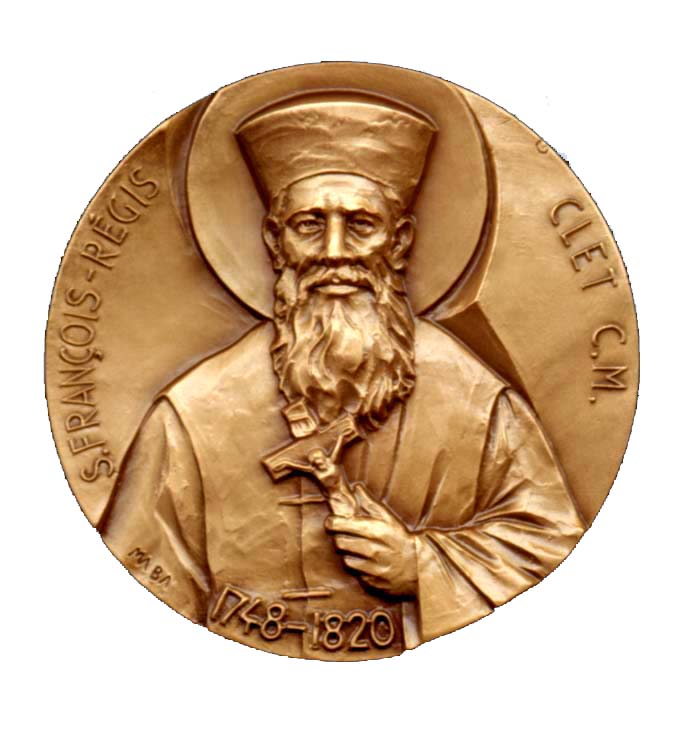
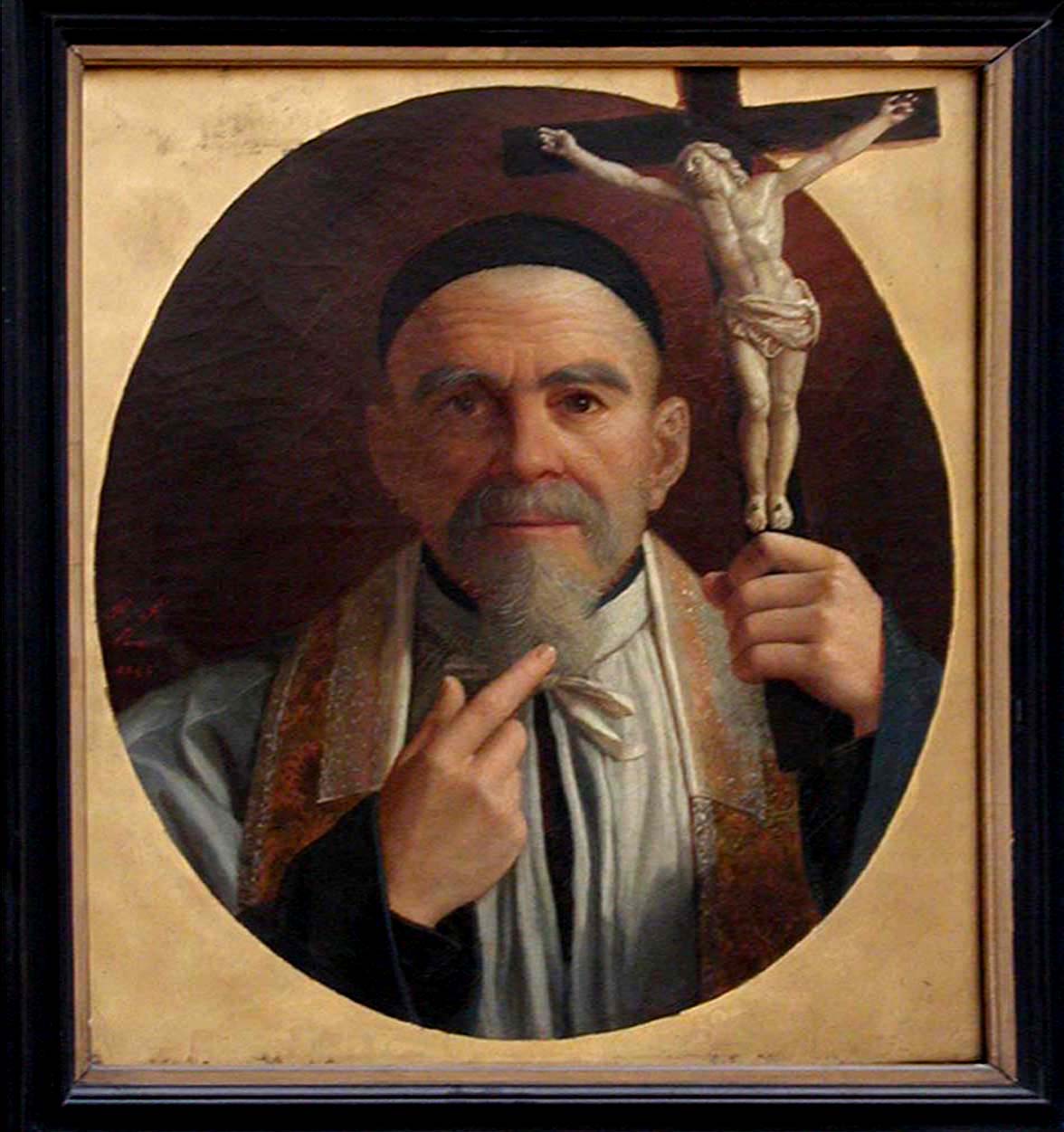
“You can easily imagine that a journey as long as the one I’m making calls for an exceptional sum of money. I need 1000 francs, and Fr Daudet, our Bursar, is willing to advance me this sum on the understanding I gave him that you would repay him in a short time…I could, of course, be making a mistake, but at least I’m in good faith. If God doesn’t bless my attempt, I’ll cut my losses, admit I was wrong, and in future be more on my guard against the illusion of my imagination or vanity; the experience will teach me a bit of sense.” – St Francis Regis Clet, in a letter to his older sister, Marie-Therese, upon letting her know he was to be missioned to China.
“At the moment, I’m living in a house which is rather large but totally dilapidated; they’re going to start repairing it at once, and as it’s wooden it won’t be unhealthy in the winter, which, anyway, isn’t very bad in these parts. A new life is starting for me, re-awakening religion in former Christians who have been left to themselves for several years, and also converting pagans; that, I hope, will be my work till death.” – Francis’ 1st letter to his sister, Oct 15, 1792, letting her know he’d arrived in Kiang-si.
“The Chinese language is hopeless. The characters which make it up don’t represent sounds, but ideas; this means that there’s a huge number of them. I was too old on coming to China to get a good working knowledge of them…I know barely enough for ordinary daily living, for hearing confessions and for giving some advice to Christians.” – a 1798 letter to his brother
Love,
Matthew
